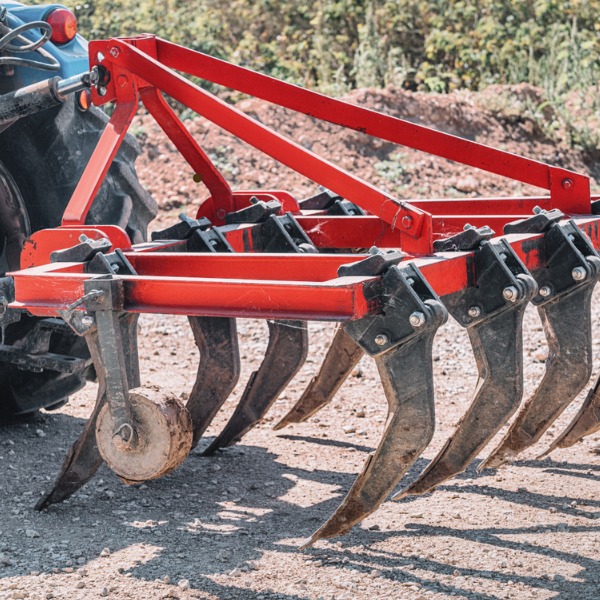Hydraulics is an important part of a tractor’s operational system, powering a range of functions from steering and braking to controlling implements. Hydraulics packs a lot of power, so it is a popular system for heavy-duty machinery like tractors. Hydraulics works by pressurizing liquid to generate mechanical movement. Hydraulic systems are popular for heavy machinery because they can generate more power than electrical and mechanical systems of similar size.
Working with extremely high pressure, hydraulic systems require all components to be working in sync and harmoniously to achieve optimal performance. The components in a hydraulic system are kind of like a chain. A weak link will compromise the performance of the entire system.
Here are 6 items to check to ensure optimal hydraulic system performance.
#1 Hydraulic pump
Hydraulic pumps are often compared to the heart in a living body, which is a good analogy because of the pump’s importance and function. It converts mechanical power into hydraulic energy by pumping fluid into the system. Without the pump, the hydraulic system simply can’t operate. Signs of a failing hydraulic pump include reduced system performance, decreased pressure, noisy operation and fluid leaks.
#2 Hydraulic cylinder
The function of hydraulic cylinders is to generate force that goes in a linear motion. That force can be used in a variety of ways, including lifting, pulling or pushing. Hydraulic cylinders have a tough job, making periodic replacement necessary. Signs of a hydraulic cylinder needing replacement include erratic performance, noisy operation and excessive heat.
#3 Hydraulic Cylinder Seals
Closing gaps to maintain high pressure and keeping contaminants out of the fluid are two important jobs of hydraulic cylinder seals. When cylinder seals become compromised, the performance of the hydraulic cylinder can be negatively affected. Seals will eventually deteriorate due to heat, pressure and contamination. You should plan to occasionally replace hydraulic seals to avoid more serious problems.
#4 Hydraulic Cylinder Hoses
The hoses that carry hydraulic fluid through the system need to be ruggedly made. High internal pressure on the inside and exposure to weathering on the outside combine to make the job of hydraulic hoses exceptionally tough. Hydraulic hoses have braids of steel wires to provide reinforcement to handle the high internal pressure.
#5 Hydraulic Fluid
The lifeblood of the hydraulic system is hydraulic fluid. Like motor oil in an engine, it eventually gets dirty and needs replacement. Plus, quality hydraulic fluid has additives that eventually lose their effectiveness. The fluid prevents corrosion and wear of hydraulic components, so it plays an important role in the system. Keeping aware of the condition of hydraulic fluid is wise maintenance for a tractor.
#6 Hydraulic Adapters
These seemingly small components play a big role in the overall health of a hydraulic system. Hydraulic adapters are the connectors that bridge the space between pipes, hoses and fittings. Their purpose is to prevent leaks and maintain pressure within the system. The hydraulic adapters you install must have precise specifications to ensure the integrity of the hydraulic system.
Keeping your tractor’s hydraulic system operational
Hydraulic systems provide core functions in the operation of a tractor. Taking the time to maintain your hydraulic system will pay off in better performance from your tractor. An inspection to make sure all components in your hydraulic system are working fine will make sure your hydraulic system is there to do the hard work when you need it the most.
Return to the Buying Guide main page.

